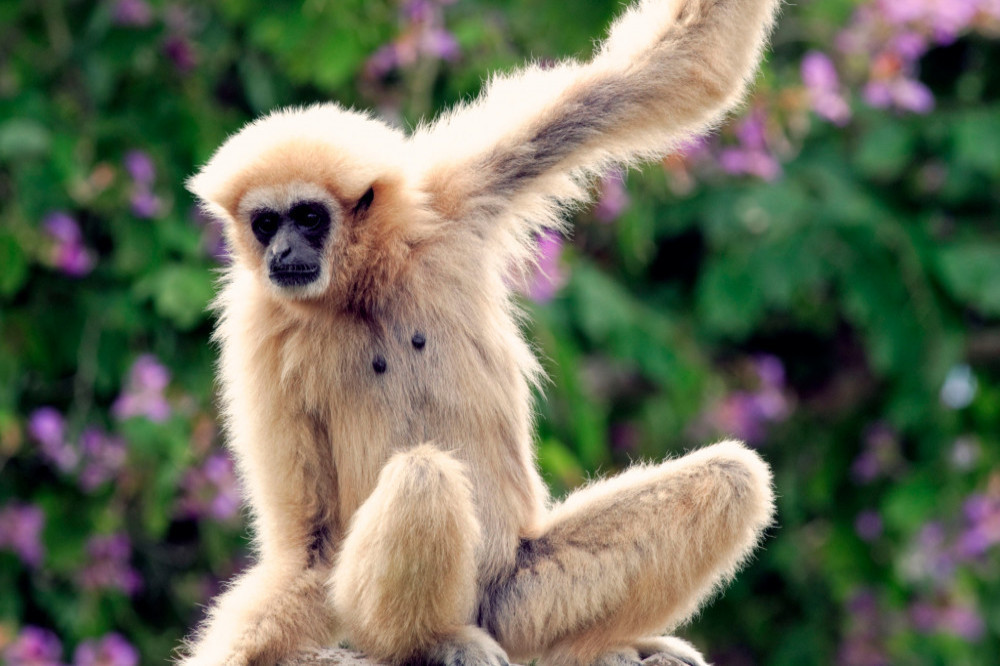Gibbons can dance like humans.

Gibbons have impressive dancing skills
Scientists have discovered that the Asian apes can't resist moving their bodies to a rhythm and have debunked suggestions that only people enjoy the pastime of hitting the dancefloor.
Dancing gibbons were first detected by Chinese researchers back in 2016 with video footage of four female animals showing them performing "conspicuous sequences of twitching movements involving the rump and extremities" in a bid to attract the attention of a male.
Further analysis of the gibbon moves shows that the main characteristics of human choreography were present in the apes.
Professor Pritty Patel-Grosz, co-author of the research at the University of Oslo, described the gibbon grooving as "a cross between a robot dance and vogueing".
She told The Times newspaper: "What makes our observations exciting is the finding that the gibbon dance is clearly intentional, rhythmic and structured, so it has a number of characteristics that it shares with human dance.
"They are the only species of non-human primates that we know of that have dances like this."

